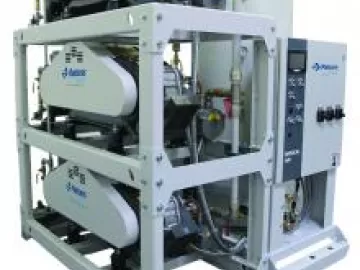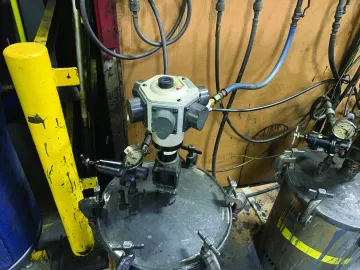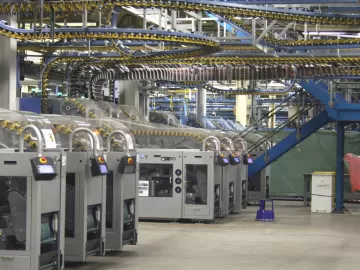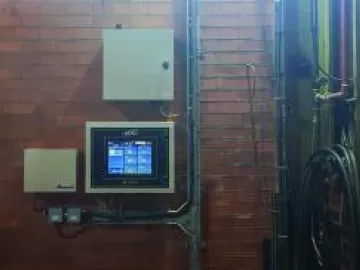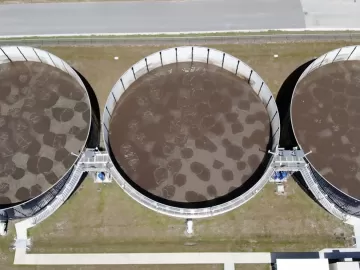Innovative Blow Molds Reduce Compressed Air Pressure in PET Blow Molding
Technological trends in plastics manufacturing are driving the costs of production down. In industrial PET blow molding specifically, two innovative techniques have had major impacts over the last 15 years: “light weighting” the plastic bottles, and recirculating high-pressure compressed air. Both have helped to improve the energy efficiency of PET blow molding by reducing compressed air requirements dramatically.





